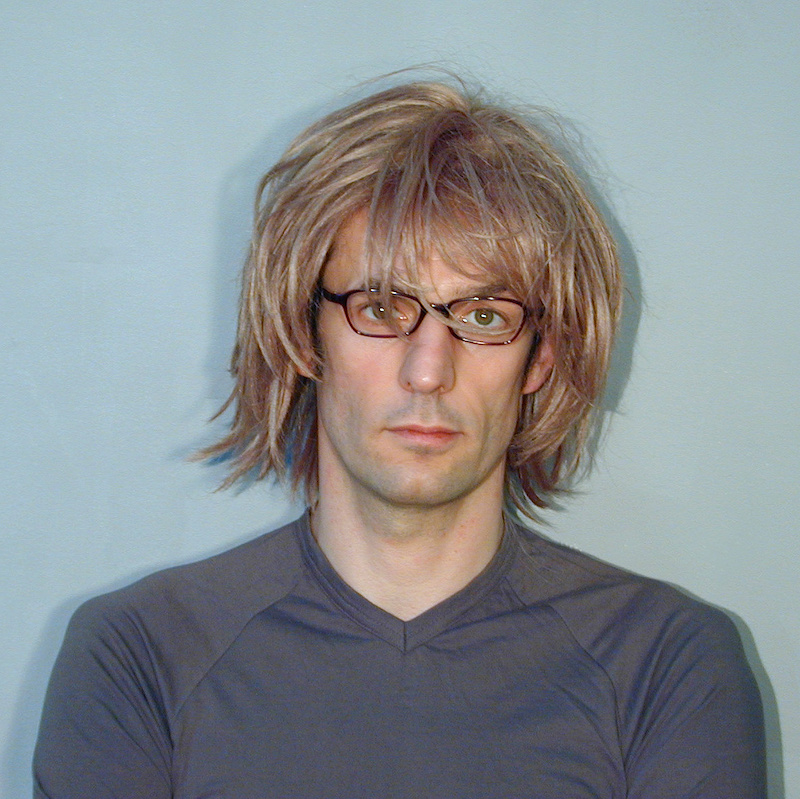Xavier Le Roy and Eszter Salamon, Gisxelle, 2001
For Le Roy, nakedness is not a shock tactic but a quest for the sculptural and the sublime. “Nudity has been around from prehistoric times,” says John Kaldor. From 35,000-year-old figurines of Venus to the pursuit of male bodily perfection in Greek and Roman marble statues, Temporary Title is following a long artistic tradition. “Everybody is the same but is different,” says Le Roy, “The skin is great at showing that.”
For two decades, Le Roy has been tearing contemporary dance away from its conventional home in the theatre and placing it firmly into the art museum (appearing everywhere from London’s Tate Modern to the Museum of Modern Art in New York). His work is an “exhibition”, a moving landscape if you will, a space where visitors can stroll in and out as they see fit, spending 10 minutes or six hours consuming the art.
Xavier Le Roy holds a doctorate in molecular biology from the University of Montpellier, France, and has worked as a dancer and choreographer since 1991. He has performed with diverse companies and choreographers and produces his work since 1994.
His most famous composition to date, Self Unfinished (1988), sees Le Roy use an elasticated black jumper and trousers to divulge, and then cover up, parts of his body, before peeling off his clothes altogether. In the process he becomes barely human. He is a robot, a raw plucked chicken carcass, a series of shapes and curves, his anatomy a ball of clay to mould.
When he performs Self Unfinished around the world, he is still struck by the “density of concentration” between himself and viewers, so thick it’s “like you can almost touch it”, he murmurs, rubbing his fingers together. Le Roy’s art is in his audience’s hands too (hence the open rehearsals and feedback sessions). He recalls one onlooker who was asked a question in a practice run of Temporary Title. Faced with the nakedness, he answered honestly, later telling the artist he could no longer “dress up” his answer.
But if being nude is being vulnerable, so, ironically, is putting back on clothes. Temporary Title’s performers work in shifts, dressing and undressing in front of the watchful eyes of the crowd. In the process they become “coloured in”, observes Christopher Quyen. Clothes act as identity: a conscious, carefully chosen image.

